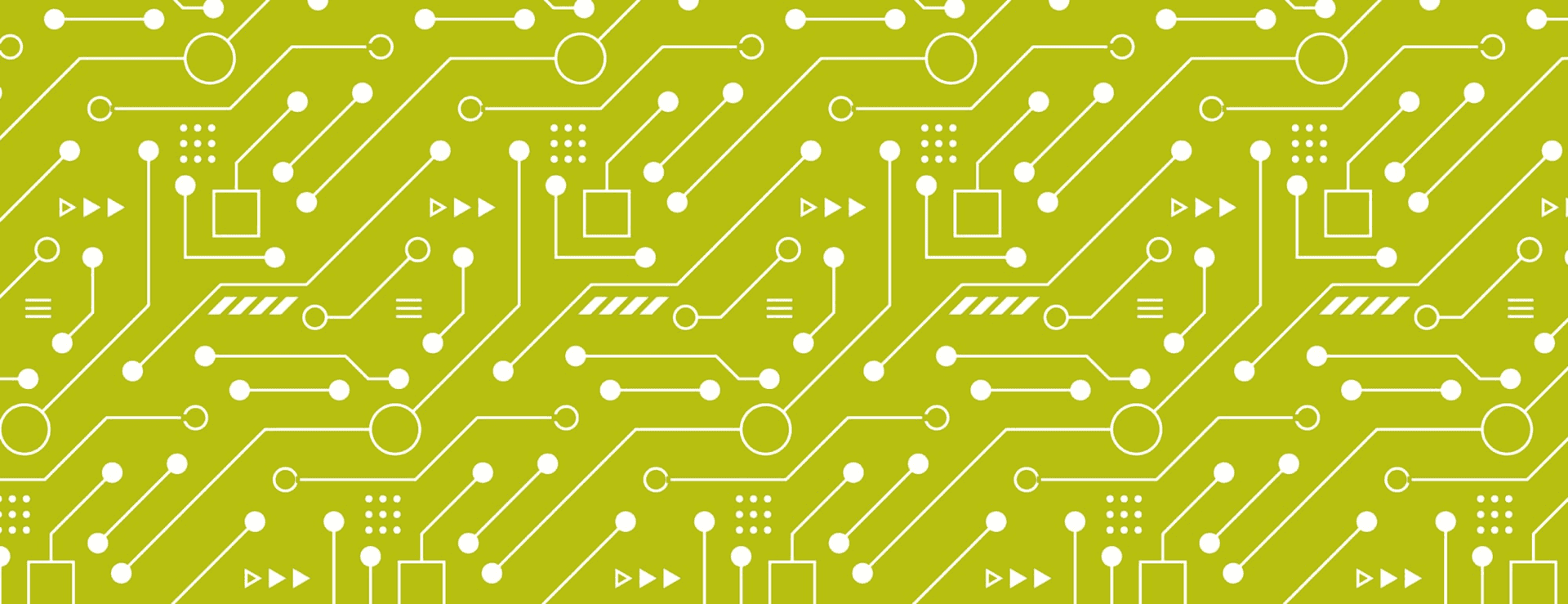Experimental Models and Art Historical Computing
Networks in the Golden Age of Dutch and Flemish Printmaking
"In the context of research, a model is an experimental device, modelling an experimental technique." Willard McCarty, Humanities Computing
What is a research model, and what is an experiment, in the context of art history? As we begin to compute data troves derived from catalogues raisonné and museum collections in new ways, we are challenged to grapple seriously with how to map different computational models (e.g. spatial, network, visual) to historical models of society, market, religion, gender, and more. My talk will focus on my in-progress dissertation “Modeling the Network of Dutch and Flemish Print Production, 1500–1700”, in which I adapt existing museum collections databases in order to analyze large-scale changes in the organizational patterns of reproductive printmakers and publishers in the Netherlands during the sixteenth and seventeenth centuries. I will discuss the importance of formal network concepts to understanding artistic print production, and demonstrate how multiple analytical perspectives, including both measurement and descriptive analysis, as well as simulation modeling, compel us to revisit standing narratives and methodologies. This attentiveness towards computational modeling and the concept of the humanistic model in general, I will argue, has particularly high stakes for art historians as we continue to construct and evaluate the relationships between our historical narratives and the objects from which we derive them.
Speakers


